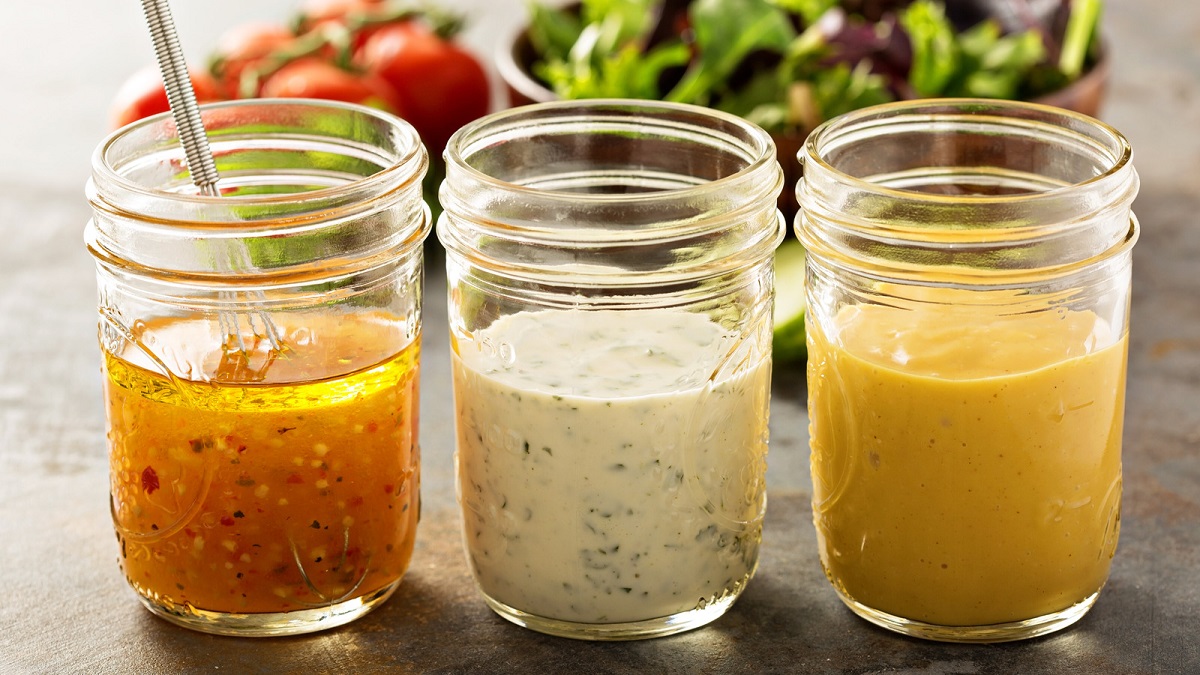

Articles
How To Store Homemade Salad Dressing
Modified: February 19, 2024
Learn how to properly store your homemade salad dressing to ensure its freshness and flavor. Discover expert tips and tricks in our informative articles.
(Many of the links in this article redirect to a specific reviewed product. Your purchase of these products through affiliate links helps to generate commission for Storables.com, at no extra cost. Learn more)
Introduction
Homemade salad dressings are a great way to add flavor and freshness to your salads. Whether you prefer a zesty vinaigrette or a creamy ranch dressing, making it from scratch allows you to customize the flavors and avoid any unwanted preservatives or additives. But once you’ve whipped up a delicious batch of homemade salad dressing, the next step is to ensure it is properly stored to maintain its flavors and extend its shelf life.
Proper storage not only helps preserving the taste and quality of your homemade salad dressing but also ensures its safety for consumption. In this article, we will discuss the importance of properly storing homemade salad dressing and provide you with some helpful tips on choosing the right storage containers, refrigerating, freezing, and determining the shelf life of your dressings. Let’s dive in!
Key Takeaways:
- Properly storing homemade salad dressing maintains flavor, safety, and shelf life. Choose airtight, non-reactive containers, refrigerate at 40°F, and discard if spoiled to enjoy fresh, safe dressings.
- Label and organize dressing bottles with date, type, and ingredients for easy access and freshness. Trust your senses, discard if spoiled, and enjoy flavorful homemade dressings with confidence.
Read more: How To Store Salad With Dressing
Importance of Properly Storing Homemade Salad Dressing
Properly storing homemade salad dressing is crucial for several reasons. First and foremost, it helps maintain the flavor and quality of the dressing. Homemade dressings often contain fresh ingredients like herbs, garlic, and citrus juices that can lose their potency over time if not stored correctly. By storing your dressing properly, you can ensure that the flavors remain vibrant and do not become muted or dull.
Secondly, proper storage helps prevent the growth of harmful bacteria. Homemade salad dressings often contain ingredients such as eggs, dairy products, or mayonnaise, which are prone to bacterial growth if left at room temperature or exposed to fluctuating temperatures. Storing dressings at the appropriate temperature helps inhibit the growth of bacteria and reduces the risk of foodborne illnesses.
Furthermore, proper storage extends the shelf life of homemade salad dressing. While commercial dressings are loaded with preservatives and have a longer shelf life, homemade dressings rely on natural ingredients and lack the preservatives. By storing your dressing properly, you can ensure that it stays fresh for an extended period, allowing you to enjoy it for longer without any concerns about spoilage.
Lastly, storing your homemade dressings properly helps you save time and money. Making a batch of dressing takes time and effort, and the last thing you want is for it to go to waste because it wasn’t stored correctly. By following proper storage practices, you can keep your dressings fresh and delicious, avoiding unnecessary waste and the need to make new batches frequently.
Now that we understand the importance of properly storing homemade salad dressing, let’s explore some practical tips on how to do it effectively.
Choosing the Right Storage Container for Homemade Salad Dressing
When it comes to storing homemade salad dressing, choosing the right container is key to maintaining its freshness and flavor. Here are some factors to consider when selecting a storage container:
- Airtightness: It is crucial to choose a container that is airtight to prevent any air from entering and causing oxidation, which can lead to taste deterioration. Look for containers with tight-fitting lids or screw-top caps to ensure a proper seal.
- Material: The material of the container can also affect the flavor and quality of the dressing. Glass containers are an excellent choice as they are non-reactive and do not affect the taste of the dressing. Additionally, glass containers allow you to see the contents and easily identify any signs of spoilage. If using plastic containers, make sure they are food-grade and BPA-free to avoid any leaching of harmful chemicals into the dressing.
- Size: Consider the size of the container based on the quantity of dressing you usually make. It is best to choose a container that leaves minimal air space to reduce oxidation. However, ensure there is enough headspace to accommodate any expansion if freezing the dressing.
- Pouring Spout: Look for containers with a built-in pouring spout or one that can accommodate a small funnel. This makes it easier to dispense the dressing without spills or mess.
- Easy to Clean: Opt for containers that are easy to clean and dishwasher safe. This will make it convenient to reuse the containers for future batches of dressing.
Once you have chosen the right container, make sure to clean it thoroughly before transferring your homemade dressing. This will ensure that there are no residual flavors or contaminants that could affect the taste and quality of the dressing. Additionally, label the container with the date of preparation to keep track of its freshness.
Now that we have discussed how to choose the right storage container, let’s move on to the next step – refrigeration tips for storing homemade salad dressing.
Refrigeration Tips for Storing Homemade Salad Dressing
Refrigeration is the most common method for storing homemade salad dressing as it helps maintain its freshness and prevents bacterial growth. Here are some tips to ensure optimal refrigeration of your dressings:
- Temperature: Store your homemade salad dressings in the refrigerator at a temperature below 40°F (4°C). This helps slow down the growth of bacteria and keeps the dressing safe for consumption.
- Shelf Placement: Place the dressing containers on the middle or upper shelves of the refrigerator, away from raw meats and other potential sources of cross-contamination.
- Covered Containers: Always store your dressings in covered containers to prevent them from absorbing odors and flavors from other foods in the refrigerator.
- Shake or Stir: Before using the dressing, give it a good shake or stir to combine any separated ingredients and distribute the flavors evenly.
- Expiration Date: Keep track of the expiration date of your homemade dressing and discard it if it reaches the recommended shelf life to ensure food safety.
It is important to note that different types of dressings may have varying shelf lives in the refrigerator. While vinaigrette dressings typically last for around 1-2 weeks, creamy dressings like ranch or Caesar can last for 2-4 weeks, depending on the ingredients used. Always check for signs of spoilage before consuming the dressing, even if it seems to be within the recommended time frame.
Now that you know the refrigeration tips, you may wonder if freezing homemade salad dressing is a good option. Let’s find out in the next section.
Freezing Homemade Salad Dressing: Is it a Good Option?
Freezing homemade salad dressing can be a convenient option if you want to extend its shelf life beyond the typical refrigeration period. However, it’s important to note that freezing may affect the texture and consistency of certain dressings, particularly those that contain dairy or mayonnaise. Here are some things to consider when freezing homemade salad dressing:
- Separation: Freezing and thawing can cause some dressings to separate, resulting in a watery texture or an uneven mixture. Creamy dressings are particularly prone to this. To minimize separation, consider using an immersion blender or giving the dressing a gentle whisk after thawing to restore its creamy consistency.
- Container Selection: Choose freezer-safe containers or freezer bags to store your dressings. Make sure to leave some headspace to allow for expansion as the dressing freezes.
- Date Labeling: It is crucial to label the containers with the date of freezing, as frozen dressings can retain their quality for about 3-4 months.
- Thawing Process: When you are ready to use the frozen dressing, transfer it to the refrigerator and allow it to thaw slowly. Avoid microwaving or heating the dressing directly, as this can further affect its texture and flavor.
- Quality Considerations: While freezing can help extend the shelf life of your dressings, it’s important to note that the texture and flavor may not be the same as fresh. Dressings that rely heavily on fresh herbs or delicate ingredients may experience more significant changes in taste after freezing.
It’s worth mentioning that while freezing can help preserve the safety of your homemade salad dressing, the quality may not be as optimal as when it is consumed fresh. If you often find yourself making large quantities of dressings, freezing can be a practical option. However, for dressings that are meant to be enjoyed at their peak freshness, refrigeration is usually the best choice.
Now that we have discussed freezing, let’s move on to the next important aspect – determining the shelf life of homemade salad dressing.
Store homemade salad dressing in a glass jar with a tight-fitting lid to keep it fresh. Keep it refrigerated and use within 1-2 weeks for best flavor.
Read more: How To Store Leftover Salad With Dressing
How Long Can Homemade Salad Dressing be Stored?
The shelf life of homemade salad dressing can vary depending on the ingredients used and the storage conditions. Here are some general guidelines on how long you can store different types of dressings:
- Vinaigrette Dressings: Vinaigrettes, which typically consist of oil, vinegar, and various seasonings, can be stored in the refrigerator for about 1-2 weeks. However, it’s important to note that dressings made with fresh ingredients like garlic or herbs may have a slightly shorter shelf life. Always check for signs of spoilage, such as an off odor or appearance, before using.
- Creamy Dressings: Cream-based or mayonnaise-based dressings like ranch, Caesar, or blue cheese can last for around 2-4 weeks in the refrigerator. These dressings tend to have a longer shelf life due to the added stability from the mayonnaise or dairy components. Again, use your judgment and examine the dressing for any signs of spoilage before consuming.
- Yogurt or Sour Cream Based Dressings: Dressings that contain yogurt or sour cream as a base can generally be stored in the refrigerator for 1-2 weeks. These dressings may have a slightly shorter shelf life due to the presence of dairy products. Always check for any changes in texture or smell before using.
It’s important to note that these are general guidelines, and the shelf life can vary depending on the specific ingredients used and the storage conditions. Always trust your senses and discard any dressings that appear or smell off, as consuming spoiled dressings can lead to foodborne illnesses.
Proper storage techniques, such as refrigeration or freezing, can help extend the shelf life of your dressings. However, it’s important to use your best judgment and evaluate the quality of the dressing before using it, especially if it has been stored for an extended period.
Now that we know how long homemade salad dressings can be stored, let’s explore the signs of spoilage and when to discard them.
Signs of Spoilage and When to Discard Homemade Salad Dressing
It’s important to be aware of the signs of spoilage when it comes to homemade salad dressing. Using dressings that have gone bad can lead to foodborne illnesses and can negatively impact the taste and quality of your salads. Here are some common signs that your dressing may have spoiled:
- Off Odor: If your dressing has a foul or rancid smell, it’s a strong indication that it has spoiled. Trust your sense of smell and discard the dressing if it has an off odor.
- Separation: While some separation of ingredients is normal in dressings, excessive separation or a chunky texture can be a sign of spoilage. If the dressing no longer mixes back together smoothly after a gentle shake or stir, it’s best to dispose of it.
- Mold Growth: Visible mold growth is a clear sign that your dressing is no longer safe to consume. Discard the dressing if you notice any mold particles on the surface or inside the container.
- Unusual Appearance or Color: If the dressing has changed in color, such as turning darker or developing unusual spots, it is likely a sign of spoilage. Additionally, if the dressing appears slimy or has an unusual texture, it’s best to err on the side of caution and discard it.
- Expired Shelf Life: It’s important to keep track of the shelf life of your dressing based on the recommendations mentioned earlier. If the dressing has exceeded the recommended storage time, it’s safer to discard it, even if it doesn’t exhibit any obvious signs of spoilage.
Remember, consuming spoiled dressings can lead to food poisoning, so it’s best to be cautious when in doubt. It’s always better to be safe than sorry when it comes to the freshness and safety of your homemade salad dressings.
Now that we’ve discussed the signs of spoilage, let’s move on to some tips for properly labeling and organizing your homemade dressing bottles.
Tips for Properly Labeling and Organizing Homemade Salad Dressing Bottles
Labeling and organizing your homemade salad dressing bottles is essential for easy identification, food safety, and maintaining a well-organized kitchen. Here are some tips to help you properly label and organize your dressing bottles:
- Date and Name: Label each bottle with the date of preparation and the type of dressing it contains. This will help you keep track of the freshness and prevent confusion if you have multiple dressings stored.
- Ingredients List: Consider including a list of the key ingredients on the label. This can be helpful if you have specific dietary restrictions or allergies to certain ingredients.
- Use-By Date: If you prefer, you can also label the bottles with a use-by date based on the recommended shelf life of the dressing. This will serve as a reminder of when it should be discarded.
- Dressings in Similar Bottles: If you have multiple dressings stored in similar bottles or containers, use colored adhesive labels or markers to differentiate them. This will make it easier to locate the desired dressing quickly.
- Organizing by Type: Consider organizing your dressing bottles by type and flavor. Keep creamy dressings together, vinaigrettes together, and so on. This will help streamline your meal preparations and ensure easy access to the dressing you need.
- Storage Location: Designate a specific area in your refrigerator or pantry for storing your dressings. This will help keep them organized and prevent them from being misplaced or forgotten.
- Reusability: Use reusable containers or bottles for storing your dressings. This not only reduces waste but also allows you to easily wash and reuse the containers for future batches of dressing. Ensure the containers are thoroughly cleaned and dried before reuse.
By properly labeling and organizing your homemade salad dressing bottles, you can save time, prevent mix-ups, and ensure that you’re using dressings while they’re still fresh and safe to consume.
Now that you have learned some valuable tips for labeling and organizing your dressings, let’s wrap up this article.
Conclusion
Properly storing homemade salad dressing is essential for maintaining its freshness, flavor, and safety. By following the tips outlined in this article, you can ensure that your homemade dressings stay delicious and safe for consumption.
Choosing the right storage container, such as an airtight and non-reactive glass or BPA-free plastic container, is crucial for preserving the quality of your dressing. Refrigeration at temperatures below 40°F (4°C) is recommended to inhibit bacterial growth and extend the shelf life.
While freezing can be a viable option for prolonging the shelf life of dressings, it may affect the texture of some dressings. Pay attention to signs of spoilage, including an off odor, separation, mold growth, or changes in color or texture, and discard any dressing that exhibits these signs.
Properly labeling and organizing your dressing bottles with the date of preparation, type of dressing, and ingredient lists can help you stay organized and ensure you use your dressings before they spoil. Organize your dressings by type and flavor and designate a specific storage location in your refrigerator or pantry for easy access.
Remember to always trust your senses when it comes to the freshness and safety of your homemade dressings. If in doubt, it’s better to err on the side of caution and discard the dressing to prevent any potential foodborne illnesses.
By following these guidelines, you can enjoy your homemade salad dressings with confidence, knowing that they are properly stored and ready to enhance the flavors of your favorite salads.
So go ahead, whip up a batch of your favorite dressing, store it correctly, and elevate your salads to the next level!
Frequently Asked Questions about How To Store Homemade Salad Dressing
Was this page helpful?
At Storables.com, we guarantee accurate and reliable information. Our content, validated by Expert Board Contributors, is crafted following stringent Editorial Policies. We're committed to providing you with well-researched, expert-backed insights for all your informational needs.
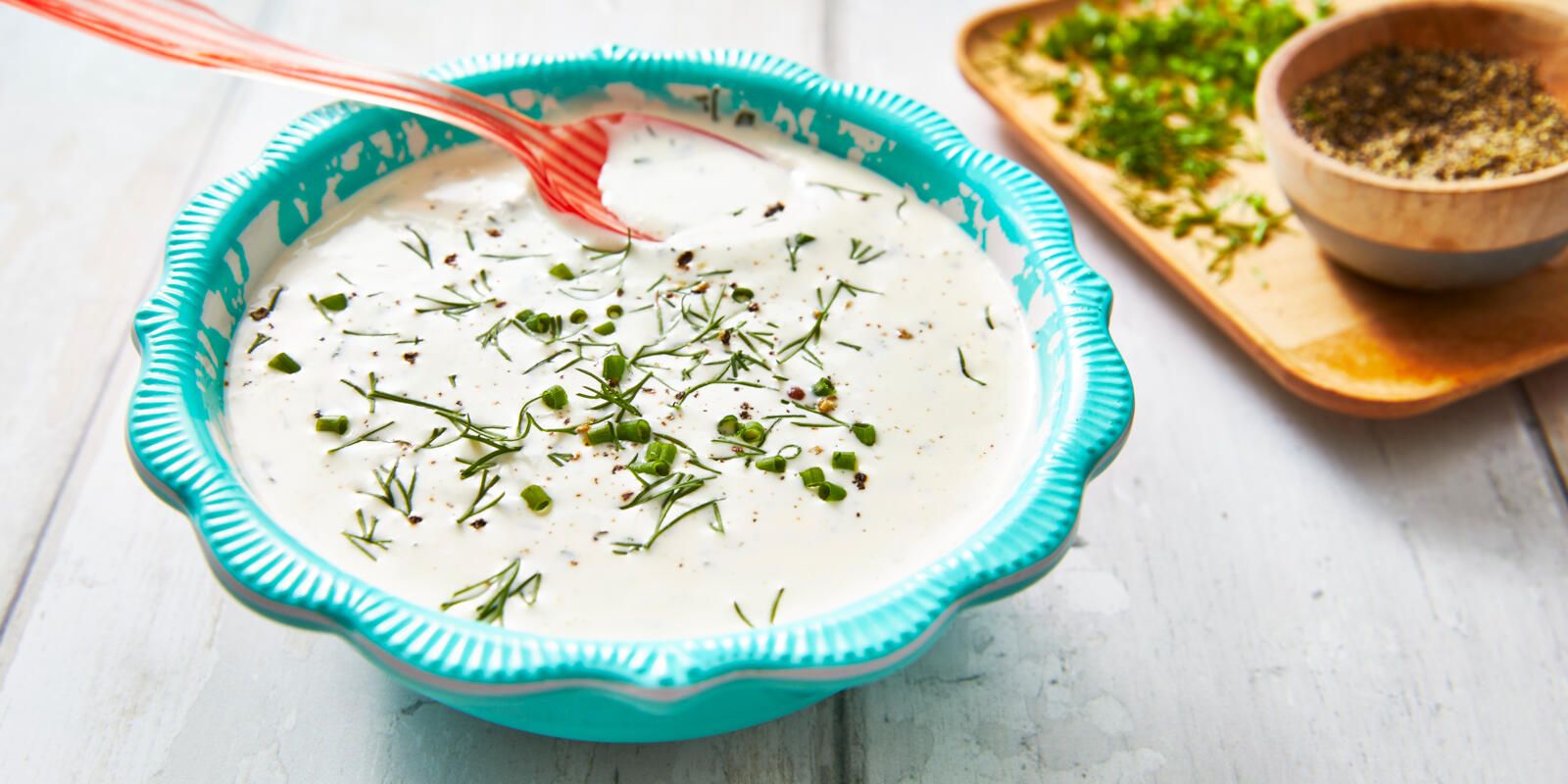
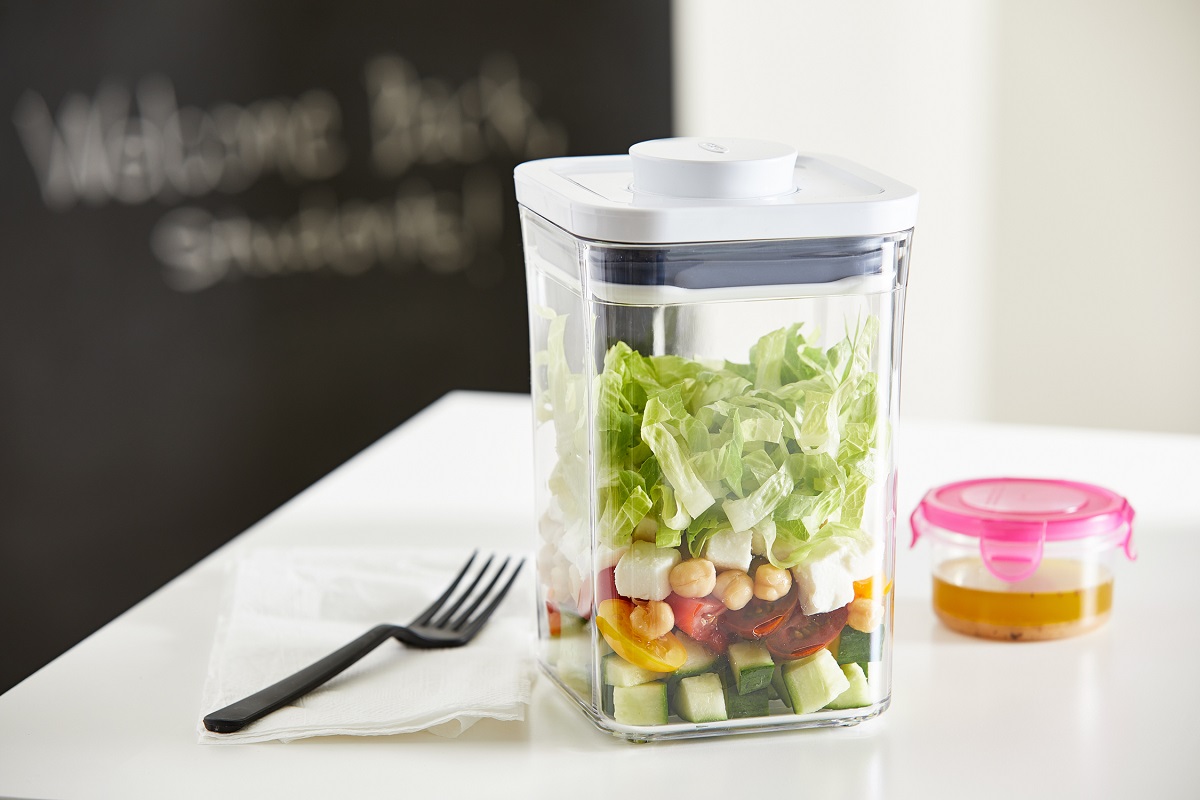
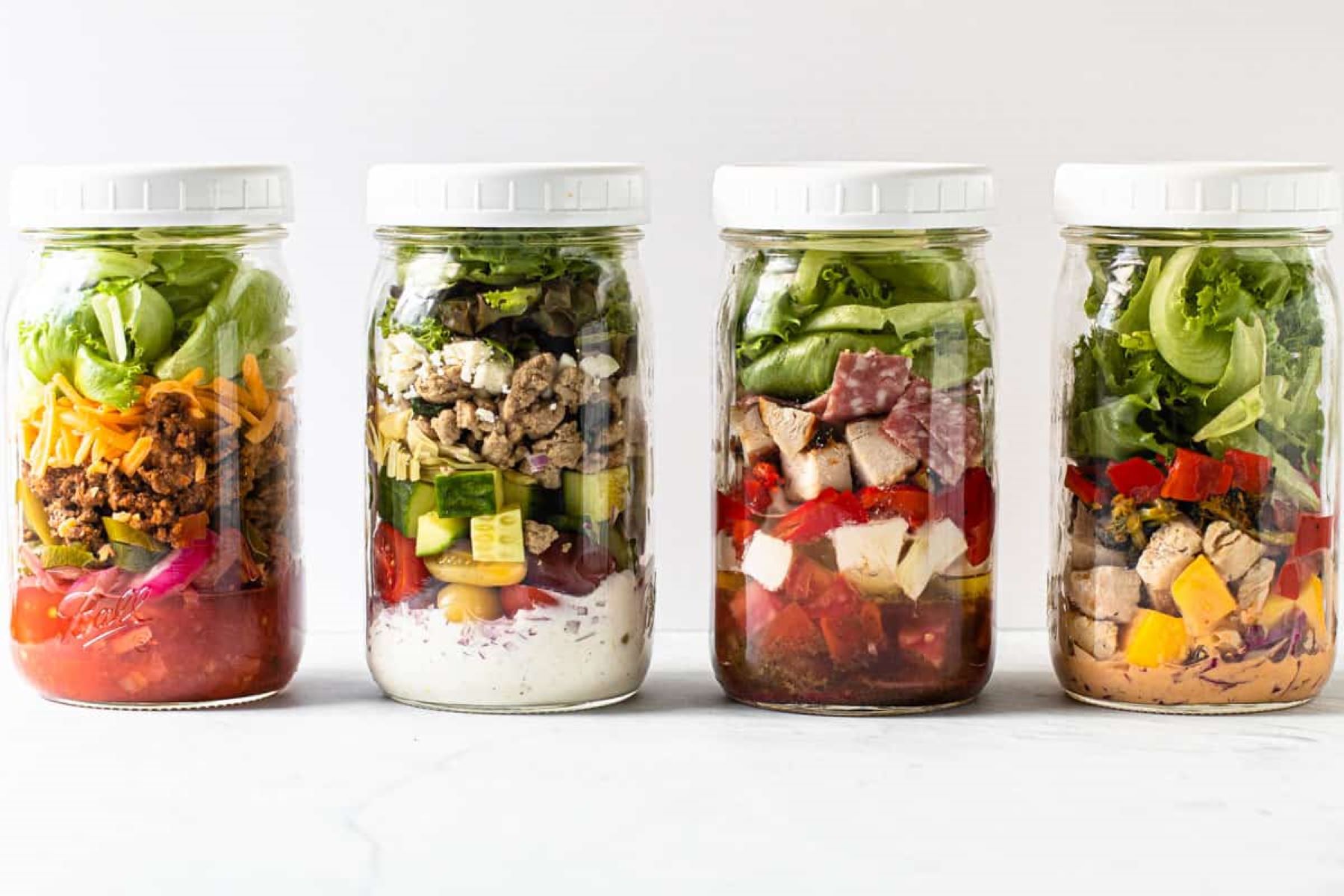
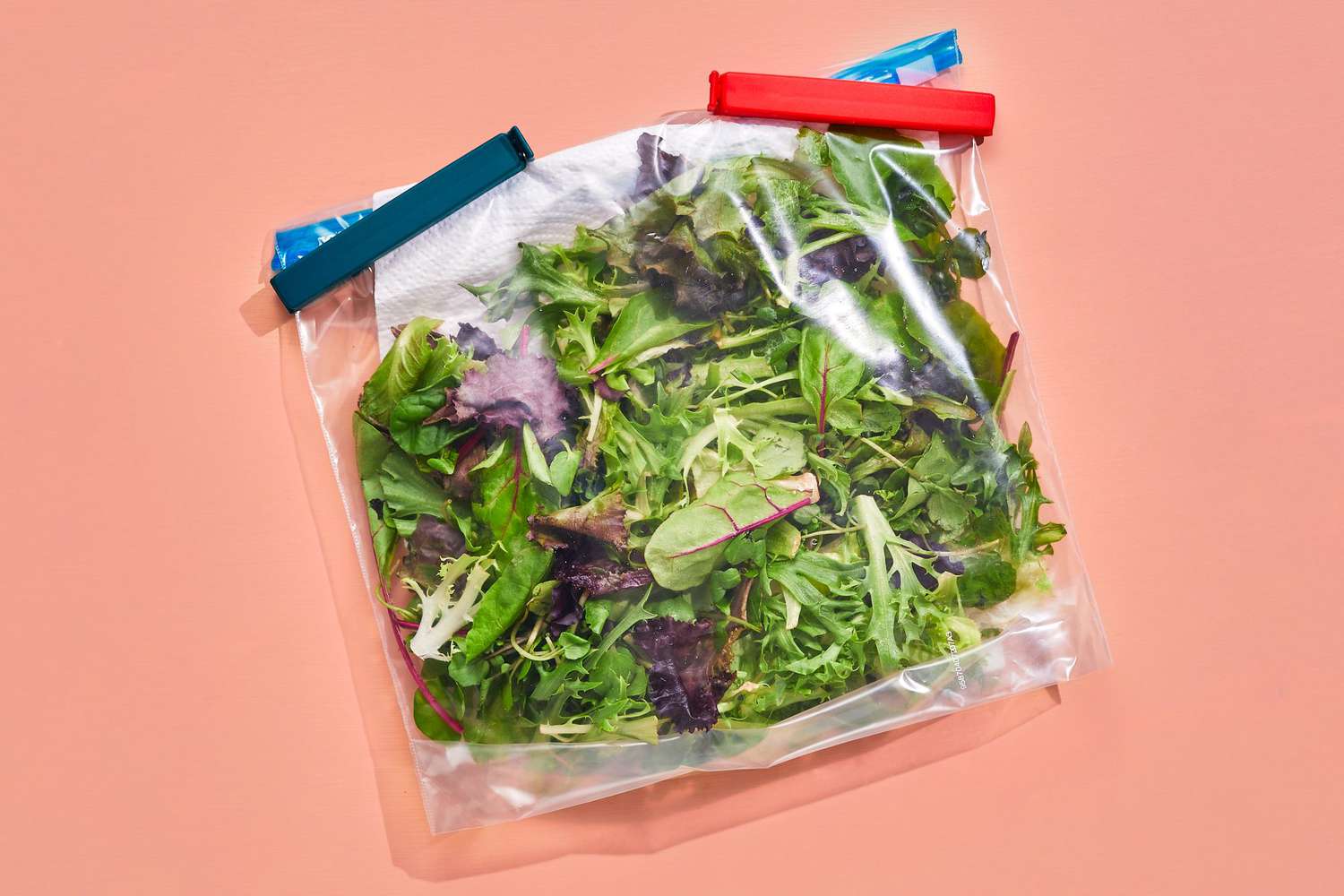
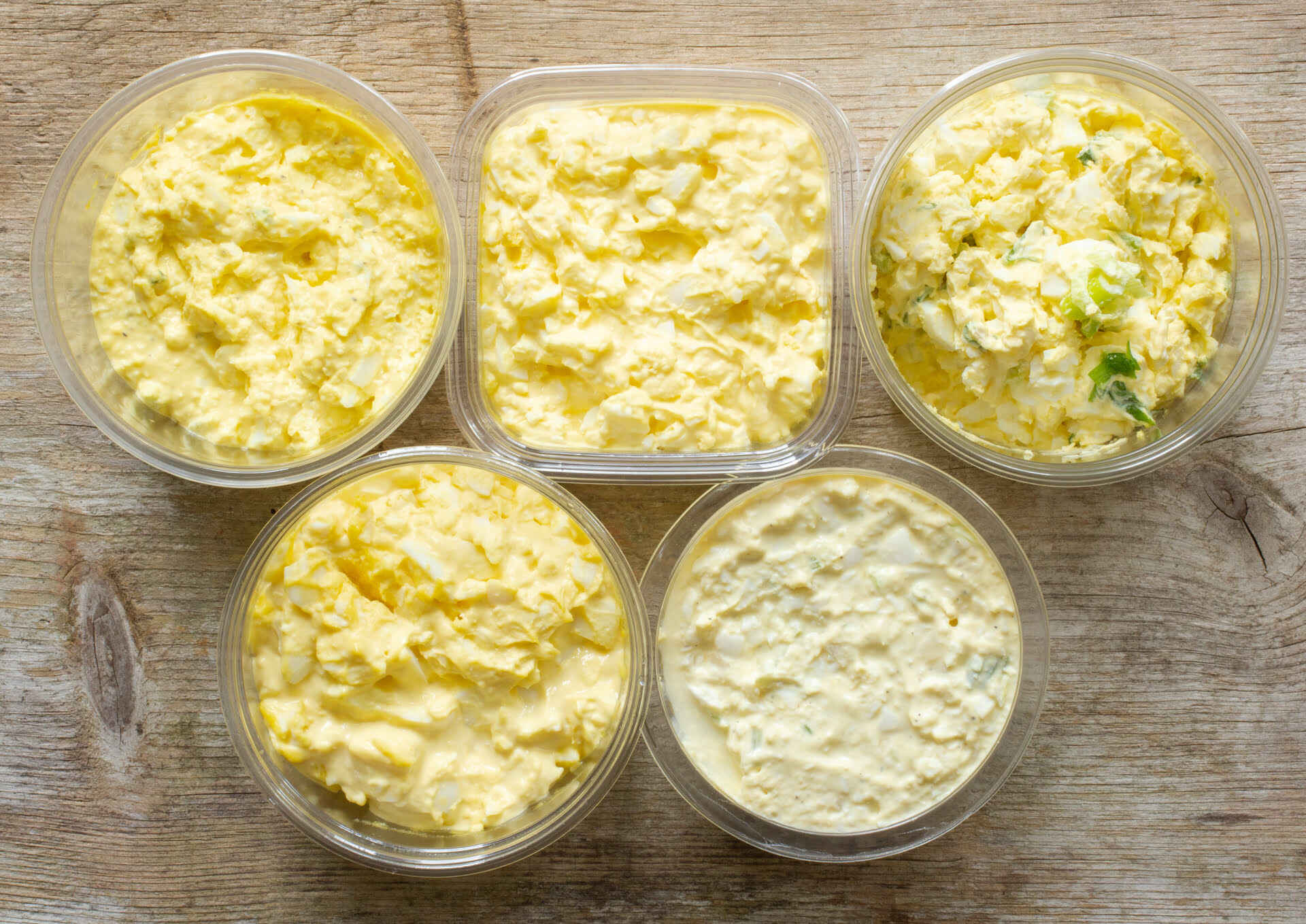

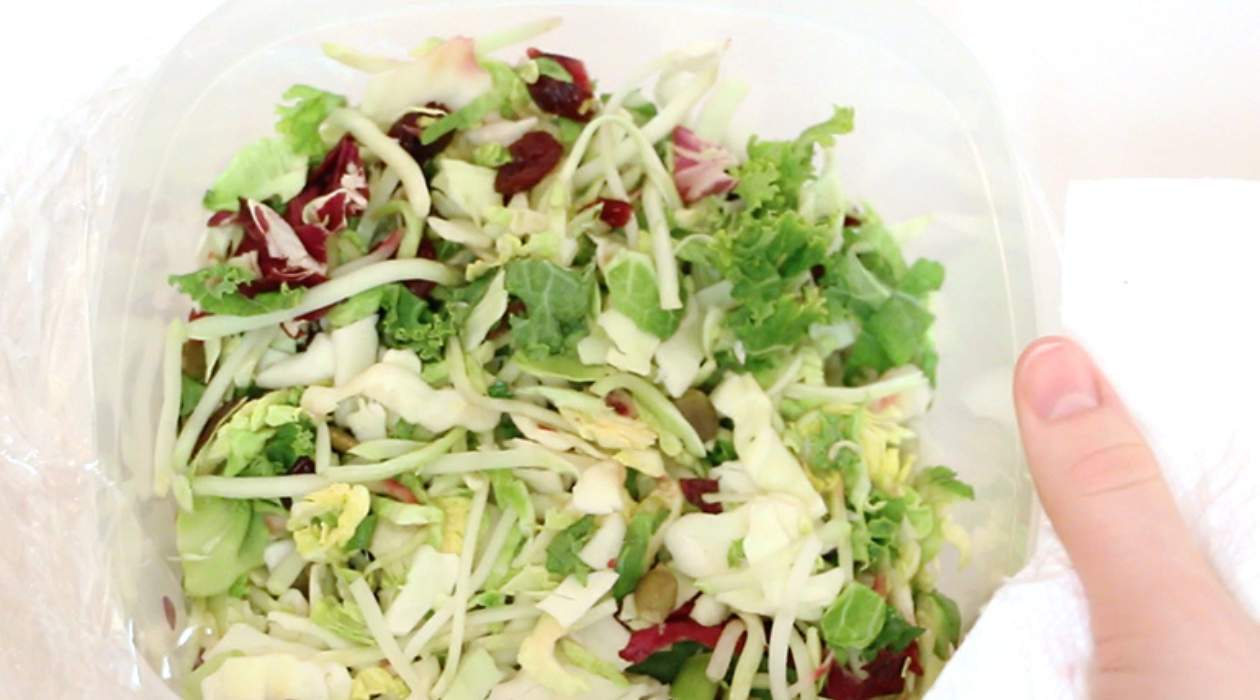





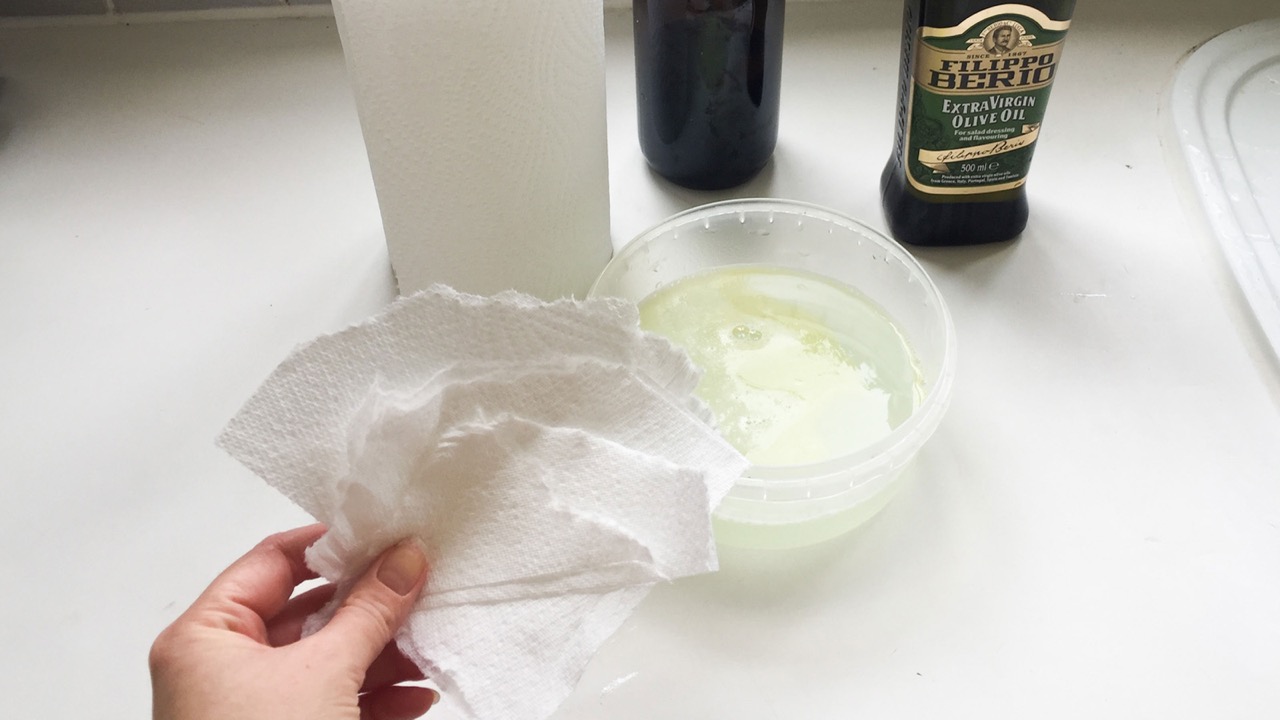
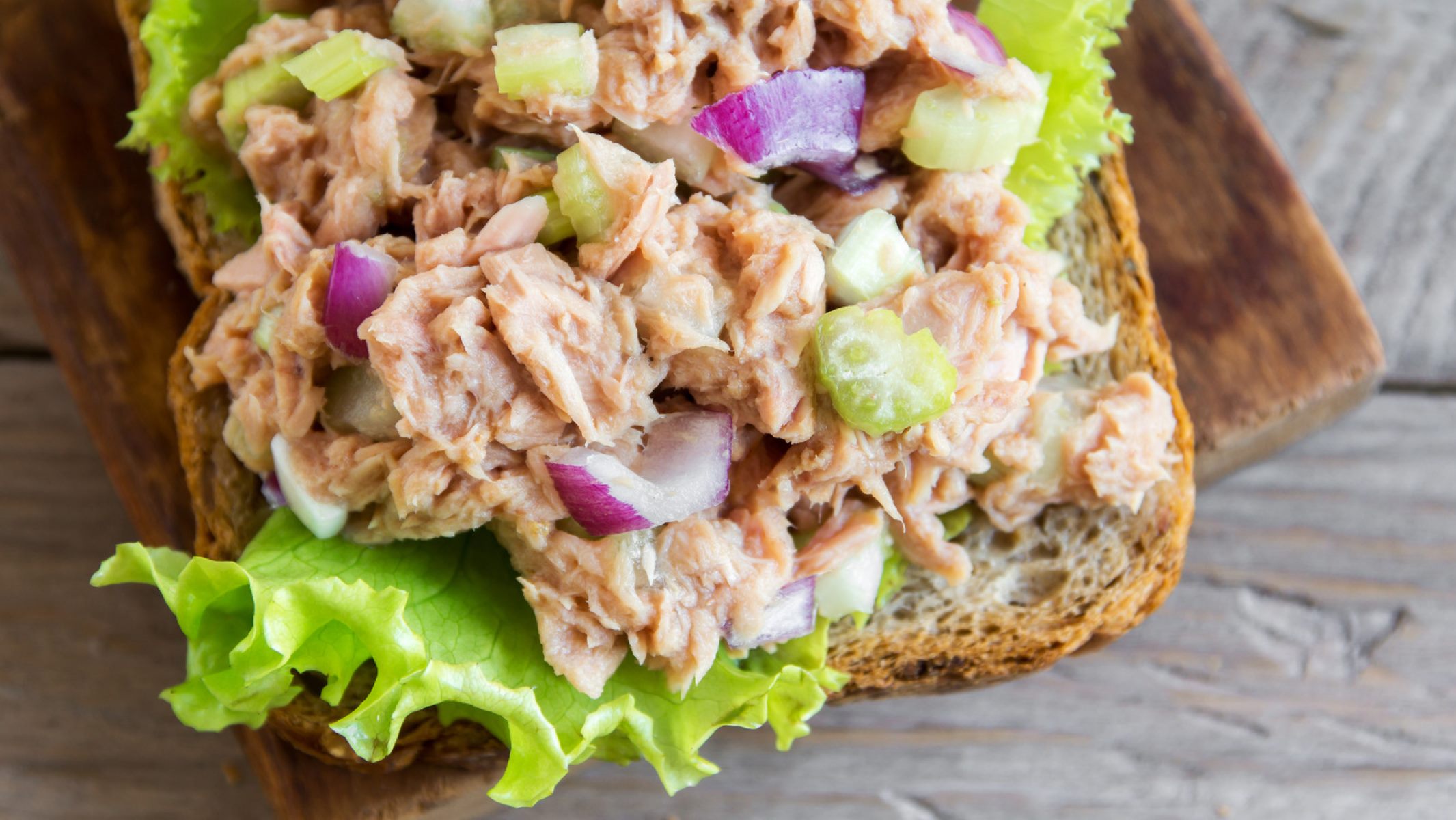

0 thoughts on “How To Store Homemade Salad Dressing”